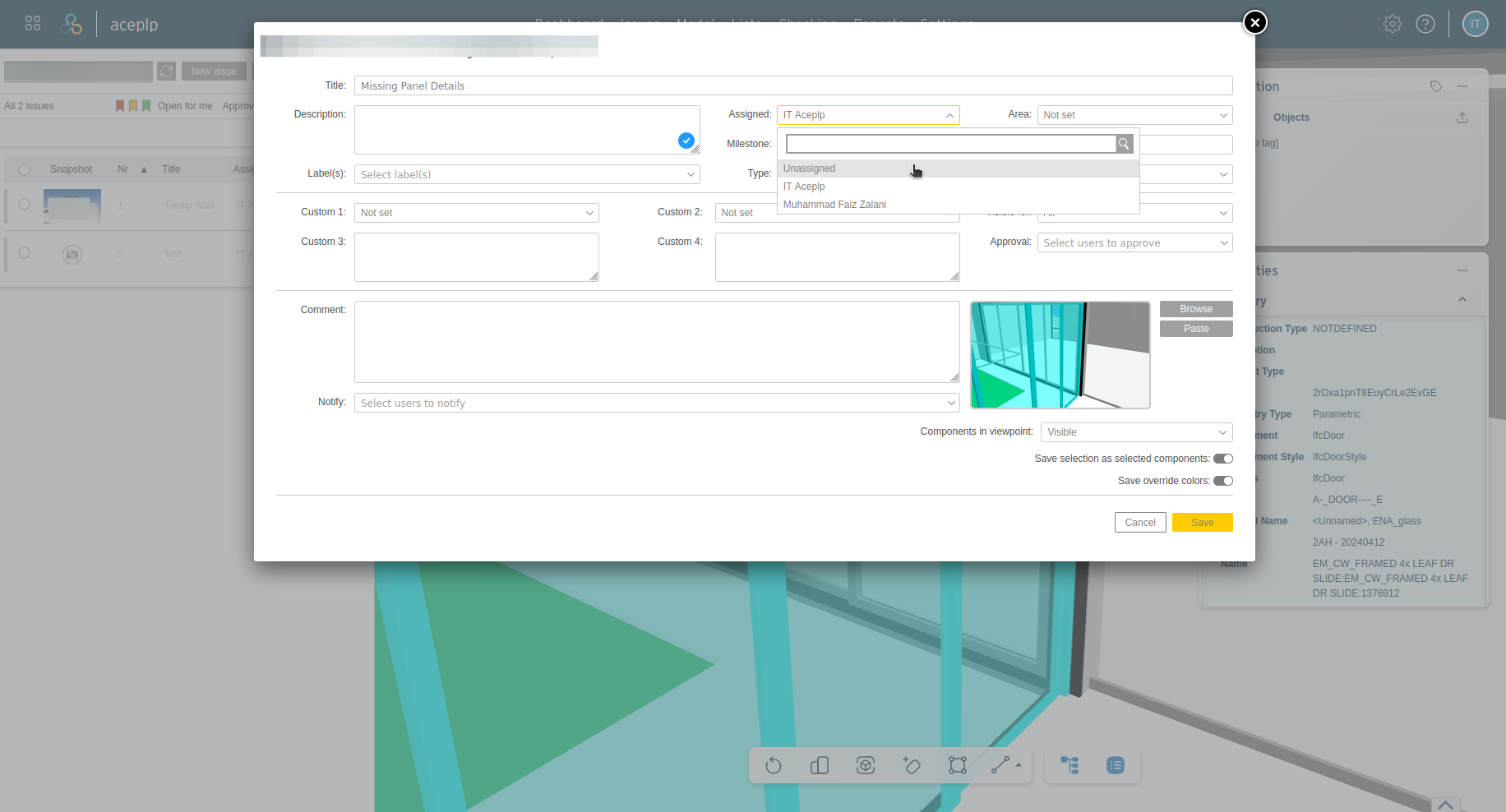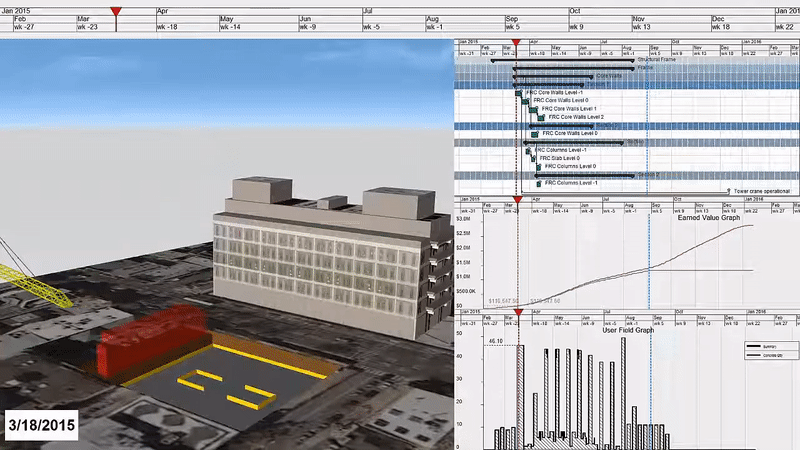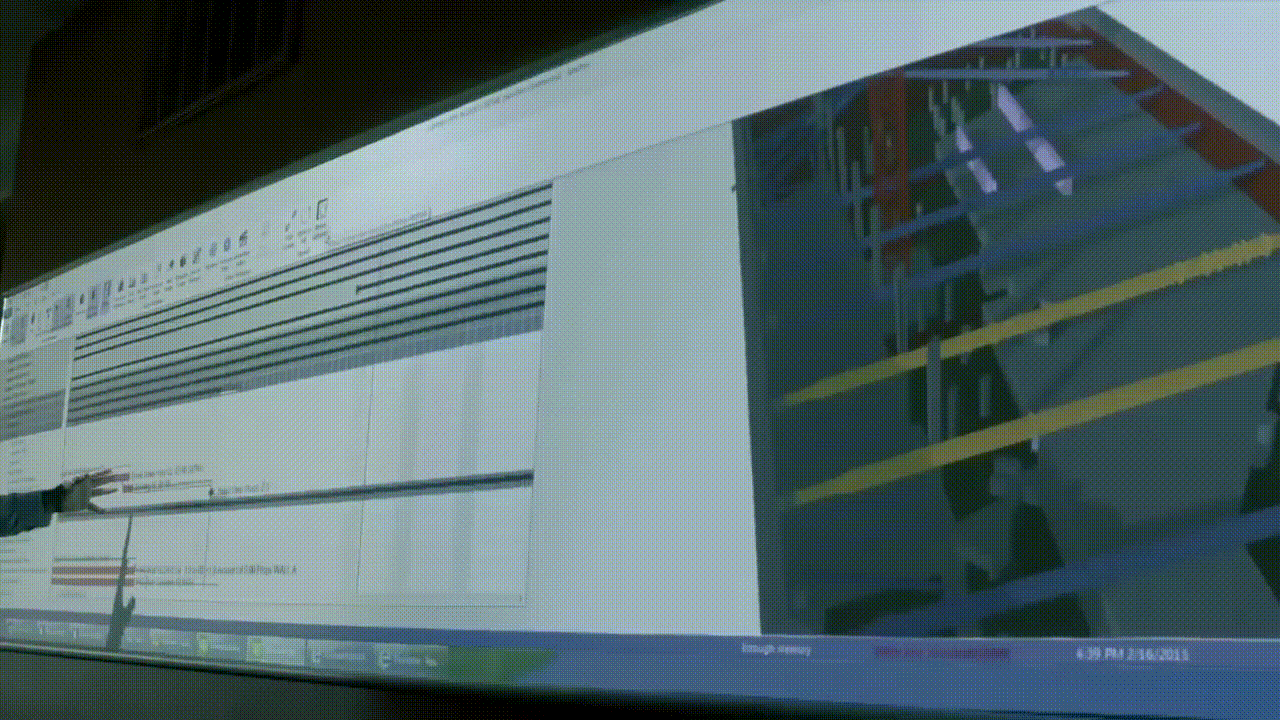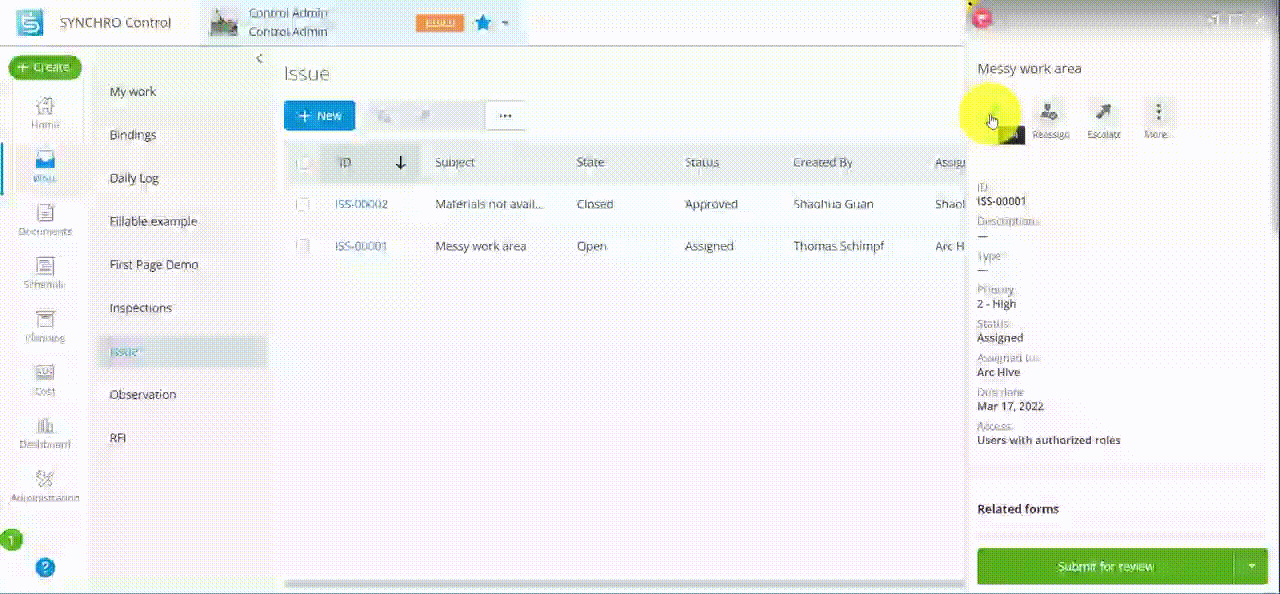The Benefits of Virtual ICE Sessions for Construction Delivery
Integrated Concurrent Engineering (ICE) sessions offer a structured approach to collaborative project planning and coordination. For contractors, these sessions provide numerous advantages that enhance project management, improve communication, and lead to better outcomes. Here's how ICE sessions can significantly benefit contractors:

1. Improved Collaboration and Communication
Cross-Disciplinary Interaction: ICE sessions bring together various stakeholders, including consultants, general contractors, trade contractors, and other specialists. This ensures that all parties are on the same page and can collaborate effectively. The use of issue-management features ensures that issues highlighted can be effectively tracked and followed up in subsequent ICE sessions.
Real-Time Information Sharing: Contractors can share and receive updates during ICE sessions, leading to better coordination and fewer misunderstandings. This real-time exchange of information keeps everyone aligned and reduces the likelihood of errors.
2. Enhanced Planning and Scheduling

Visual Planning Tools: Using tools like Syncro 4D, contractors can visualize the construction process over time. Integrating 3D models with the project schedule helps in planning logistics, optimizing resource allocation, and sequencing construction activities effectively.
Early Problem Identification: ICE sessions enable early identification and addressing of potential issues, reducing the risk of costly delays and rework. Proactive problem-solving during these sessions ensures smoother project execution.
3. Risk Management
Proactive Risk Identification: By simulating the construction process in a virtual environment, contractors can identify potential risks and conflicts before they occur on-site. This proactive approach minimizes surprises and allows for better preparation.
Strategic Mitigation: ICE sessions provide a platform for discussing risk mitigation strategies, ensuring that all stakeholders agree on the approach. This collective effort leads to more robust risk management plans.
4. Efficient Change Management
Impact Analysis: Contractors can assess the impact of proposed changes in real-time, understanding how changes will affect the project timeline and workflow. This capability allows for informed decision-making that minimizes disruption.
Dynamic Decision-Making: ICE sessions enable dynamic decision-making, allowing contractors to evaluate different scenarios and make choices that keep the project on track. This agility is crucial for managing changes effectively.
5. Progress Monitoring and Control
Tracking and Comparisons: Contractors can compare planned progress against actual progress during ICE sessions, identifying deviations from the plan early and making necessary adjustments to keep the project on track.
Accountability: Assigning responsibilities and tracking issues ensure that all tasks are completed efficiently and on time. This level of accountability improves overall project performance.
6. Stakeholder Engagement and Consensus Building

Unified Approach: By presenting a clear, visual representation of the project, ICE sessions help engage all stakeholders and build consensus. Aligning expectations and goals ensures that everyone works towards the same objectives.
Informed Decision-Making: All stakeholders, including those without a technical background, can understand complex project information, leading to more informed decisions.
7. Documentation and Compliance

Comprehensive Records: Detailed reports and documentation generated during ICE sessions provide a comprehensive record of planning decisions, progress updates, and compliance with project specifications and timelines.
Version Control: All documents are version controlled, and changes can be audited, ensuring compliance and accountability. This transparency is critical for maintaining project integrity.
8. Streamlined Workflows
Improved Efficiency: ICE sessions streamline workflows between the construction site and the head office, improving communication and ensuring that everyone has access to up-to-date information. Field applications give site workers access to the latest BIM models and CAD files even at the construction site.
Reduced Rework: Better coordination and planning reduce the likelihood of errors and rework, saving time and money. This efficiency contributes to overall project success.
Deliver Better Projects with Virtual ICE Sessions
By leveraging the benefits of ICE sessions, contractors can enhance their project management capabilities, improve collaboration, and achieve better project outcomes. The use of advanced tools like Syncro 4D further amplifies these benefits, making ICE sessions an invaluable part of modern construction project management.
Contractors looking to implement virtual ICE sessions in their projects can leverage our existing technology infrastructure and extensive BIM network today.
